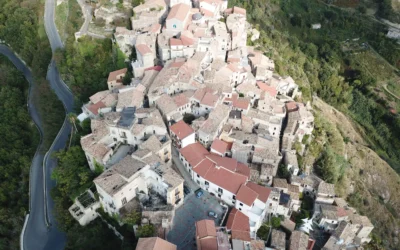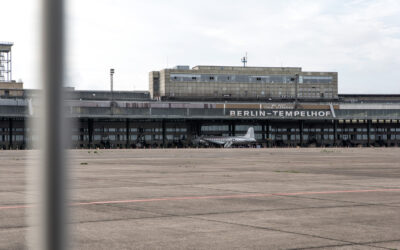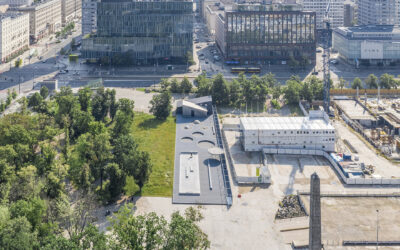
Today, the world is witnessing unprecedented levels of displacement. According to UNHCR, at the end of 2021, the total number of people worldwide who were forced to flee their homes due to conflicts, violence, fear of persecution and human rights violations was 89.3 million, this includes nearly 27 million refugees, over half of whom are under the age of eighteen.
While emergency housing has dominated the discourse surrounding displacement in the architecture industry, it is critical for architects and planners to study and respond to the socio-cultural ramifications of population movements. How do we build cities that are adaptive to the holistic needs of fluid populations? How do we ensure that our communities absorb refugees and migrants into their local social fabric?
In response to the Syrian refugee crisis, the two young architects Bonaventura Visconti di Modrone and Leo Bettini Oberkalmsteiner (with the support of the UN International Organization for Migration), have developed the Maidan Tent, thought for a refugee camp in Ritsona, Greece.
The process behind Maidan Tent began in 2016, with the design team making eight visits to the refugee camp, and reflecting on their conversations with refugees. They recognized a psychological ‘migration trauma’ within the community, the result of dangerous journeys in improvised or unsafe rafts across the Mediterranean Sea.
In refugee camps, a sprawling arrangement of tents and containers, and a lack of common areas can generate alienation and disorientation. The design team, therefore, believe that the public, organized common area offered by Maidan Tent can allow the community to play, interact, and empathize under a moveable, sheltered, expressive structure. The word ‘Maidan’ is itself derived from the Arabic for ‘square’, further reflecting the scheme’s dedication to social interaction.
Maidan Tent’s distinctive form results from an aluminum structure that is covered by a water, wind, and fire-resistant textile, it covers an area of 200 square meter. The shelter is inherently flexible, with standardized components allowing for easy installation and maintenance, and eight modular spaces which can be adapted for a range of uses. The scheme’s circular shape is a conscious attempt to invite people to enter from any direction, where a series of semi-private spaces can enable refugees to establish personal relationships.
Recommended by Luisa Bravo
Main source: https://www.maidantent.org/
Additional sources:
https://www.unhcr.org/globaltrends












